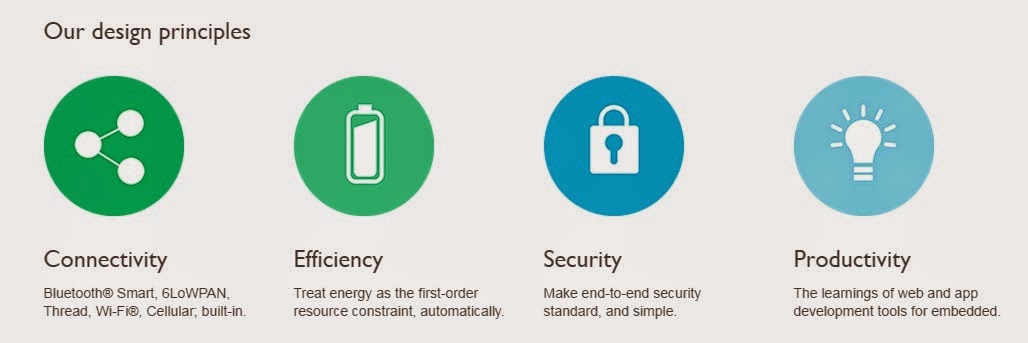The Internet is widely spreading around the world today. Due to the development of technologies like wi-fi or 3G issue of providing the Internet becomes less topical. Developers are now thinking how to make the Internet faster by increasing the speed of data transmission. One common approach is usage of the optical fiber.
Fotonic Group's Record
In July of 2014 Fotonic research group at the Technical University of Denmark (DTU) has come with remarkable result of providing 43 terabits of data per second (Tbps) over a single optical fiber. This world data transfer record was broken after the three years of previous 26 Tbps result set by German team at the Karlsrune Institute of technology. The result achieved by the DTU group is really important for the Internet development and makes the optical fiber technology even more vital. Let's now try to inderstand why.
Optical Fiber
It would be impossible to break the record without existance of the optical fiber. Optical fibers are strands of very pure glass no thicker than a human hair that are used to transmit data over a long distance. They generally consist of three main parts:
- Core – central part made of thin glass
- Cladding - layer that surrounds the core and is made of special optical material.
- Buffer coating – outer layer made of plastic coating that protects the fiber from damage
How does it work?
Imagine that you are standing in the long corridor which has a bend. You need to pass a flash of light through this corridor. One of the solutions is to place a mirror on the corner, so that light is reflected to the right direction. In case when corridor has not one, but many bends more mirrors can be placed on the walls of the corridor. Passing the light under the certain angle we make it reflect from one wall to another and travel successfully through all the bends.
The same principle is used to transfer the data in the optical fiber. Light (our data) travels through the core which acts like corridor. The cladding plays role of the mirrors that keep the light inside the core. Material of the cladding is a special glass with high refractive index. This index describes the ability of the material to refract the light. High index is needed for total reflection of the light without any absorption. In such case light will bounce back to the core without any losses each time it meets the cladding. So, we can successfully transmit the huge amount of data without using much resource. (Such phenomenon is called total internal reflection in science). For better understanding, speed of 43 Tbps of data means that we can transmit 300 hours of a good quality video in one second.
What is special about the Fotonic team record?
To be honest, there have been experiments in which hundreds or even thousands of terabits of data was transmitted per second using the optical fibers. However, all these experiments were based on the concurrent usage of multiple fibers. Such technique can be used in the laboratories for the research, but is not applicable in real life. It is too complex from technical side and commercially unprofitable as more resources are used.
Fotonic group used a new type of optical fiber produced by the Japanese telecom company NTT. This fiber has seven cores, not one as in the usual type described here. Seven cores greatly increase the amount of data that can be transmitted, but as they are very thick they do not require any more space. As the companies like NTT began manufacturing such multi-core fibers for commercial use, DTU record becomes practical in real life. That’s what makes this record so special.
The dramatic growth of data traffic on the Internet (40-50 per cent annually) requires a technology that somehow can accommodate it. From another side, Internet demands a great amount of energy. It was estimated that emissions connected with the Internet consumption of energy is nearly the same as carbon emissions caused by transport industry. That is why it is so important to find a way to deal with an increasing amount of information and reducing the energy consumption at the same time. It seems like the record of the DTU’s researches can be a good solution for this problem.
References:
1) Chris Woodford. "Fiber Optics." http://www.explainthatstuff.com/. N.p., 18 June 2014. Web. 21 Oct. 2014.
2)Craig Freudenrich, Ph.D. "How Fiber Optics Work."http://computer.howstuffworks.com/ N.p., 17 Feb. 2012. Web. 21 Oct. 2014.
3) Lotte Krull. "World Data Transfer Record Back in Danish Hands."http://www.dtu.dk. N.p., 30 July 2014. Web. 21 Oct. 2014.
4) Sebastian Anthony. "43Tbps over a Single Fiber: World’s Fastest NetworkWould Let You Download a Movie in 0.2 Seconds."http://www.extremetech.com. N.p., 31 July 2014. Web. 21 Oct. 2014.




